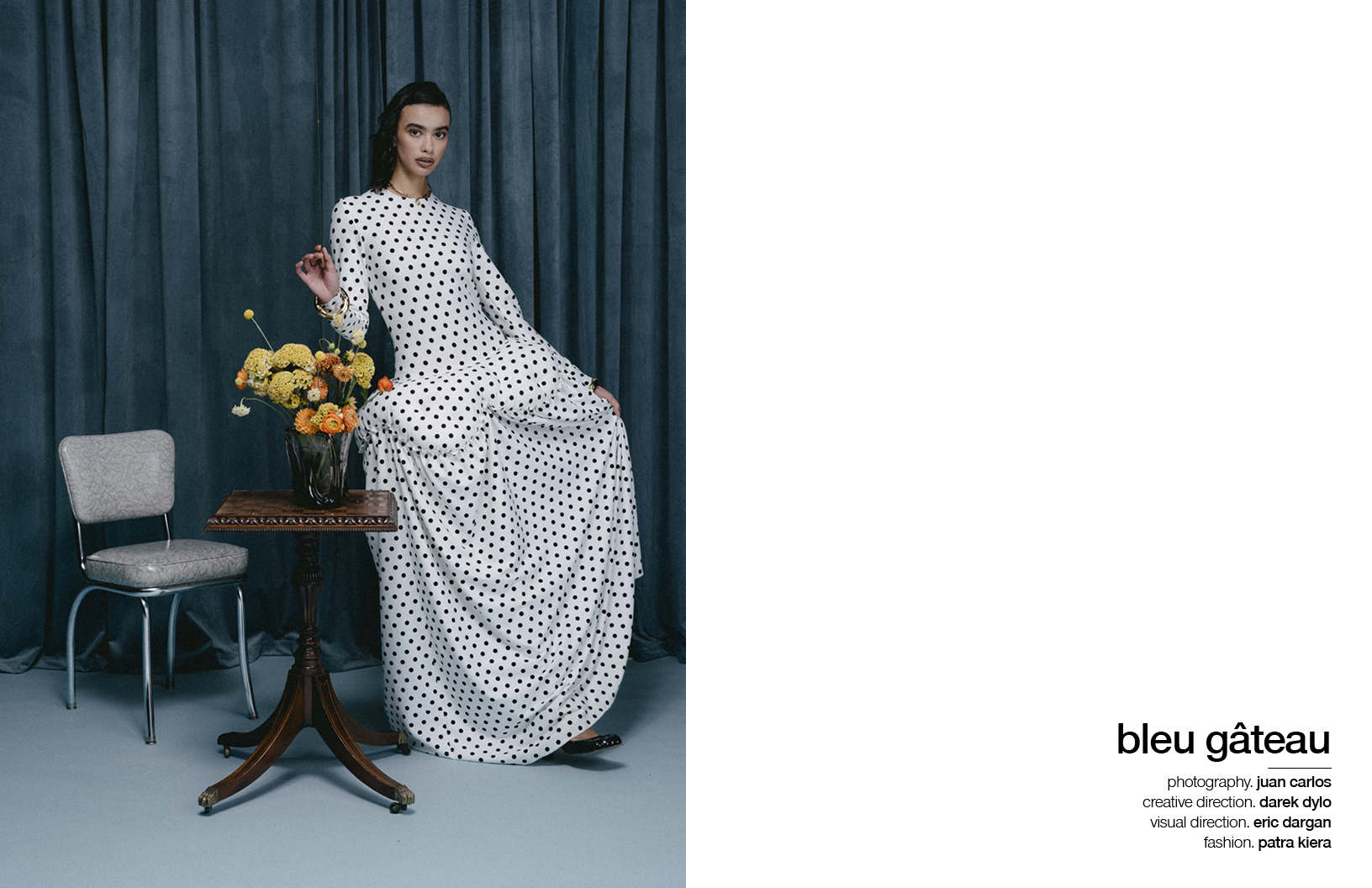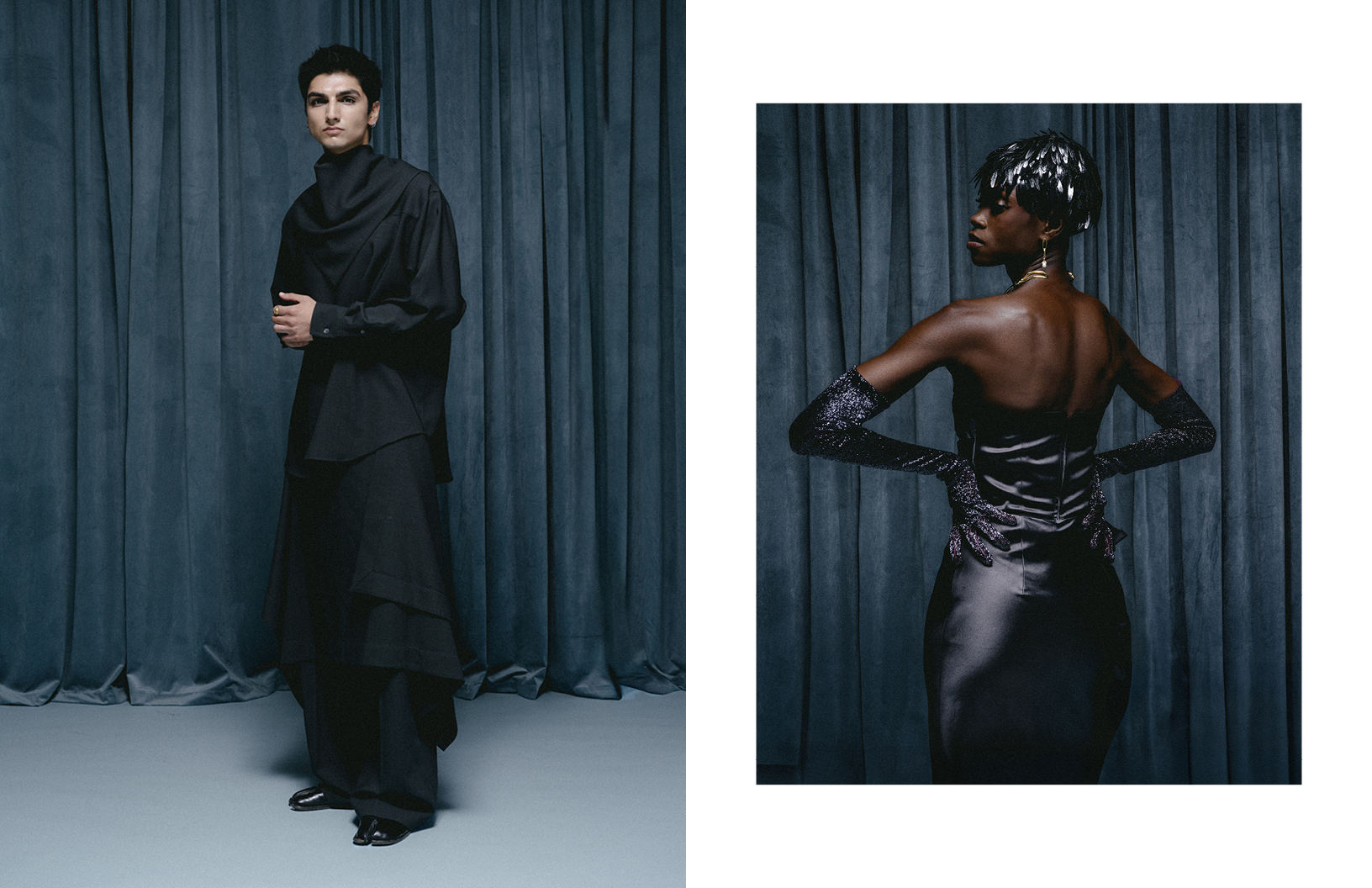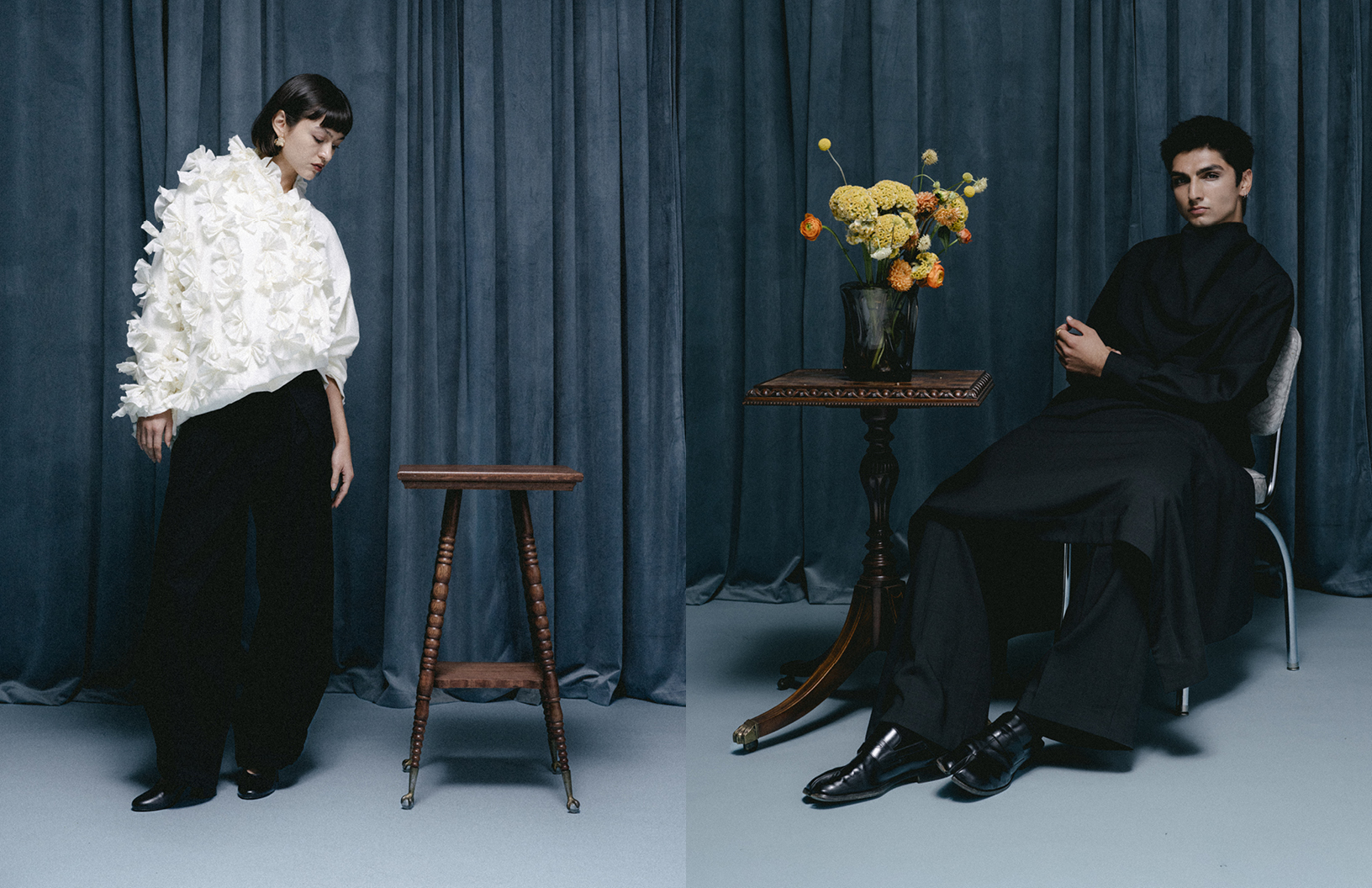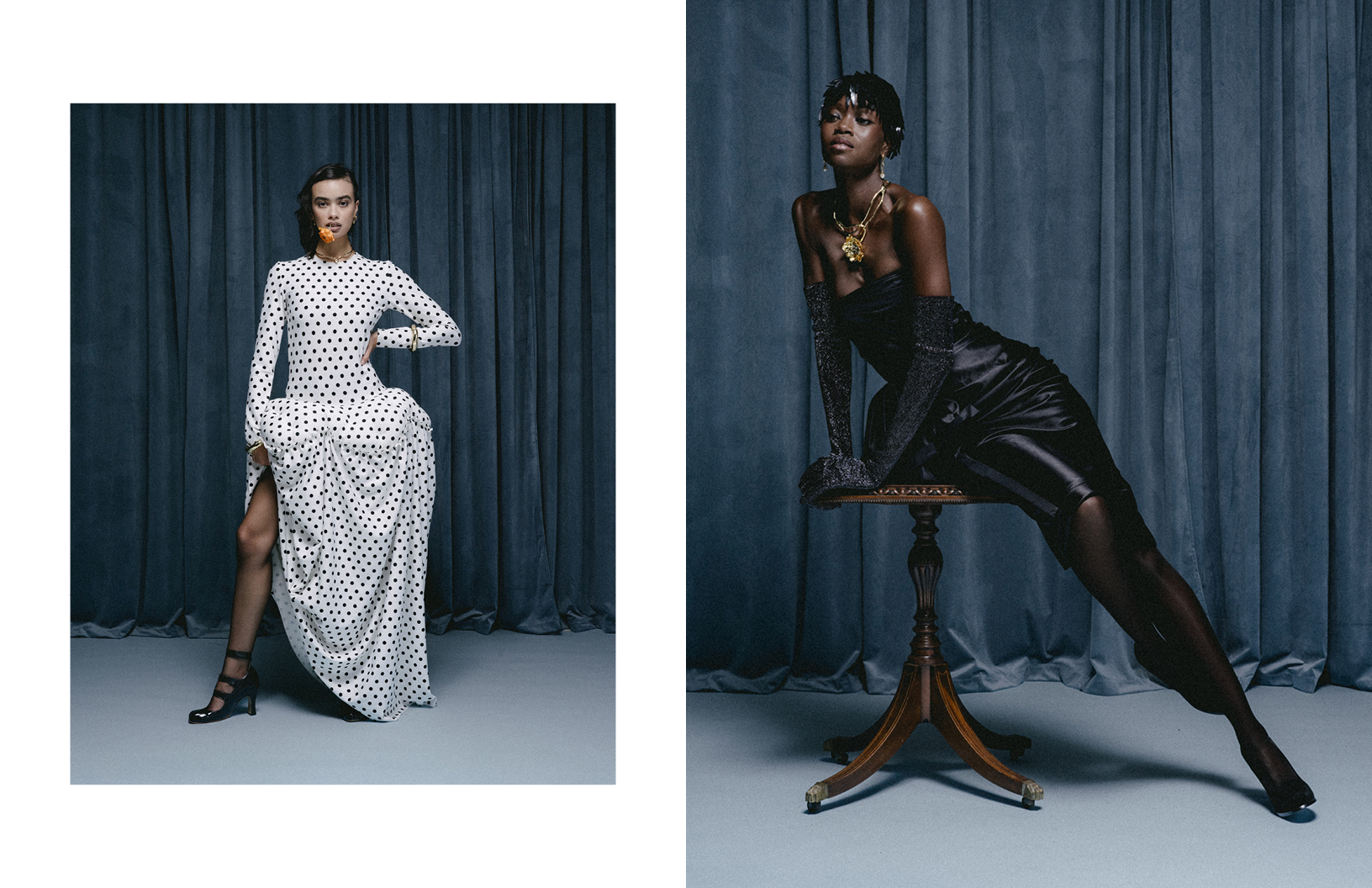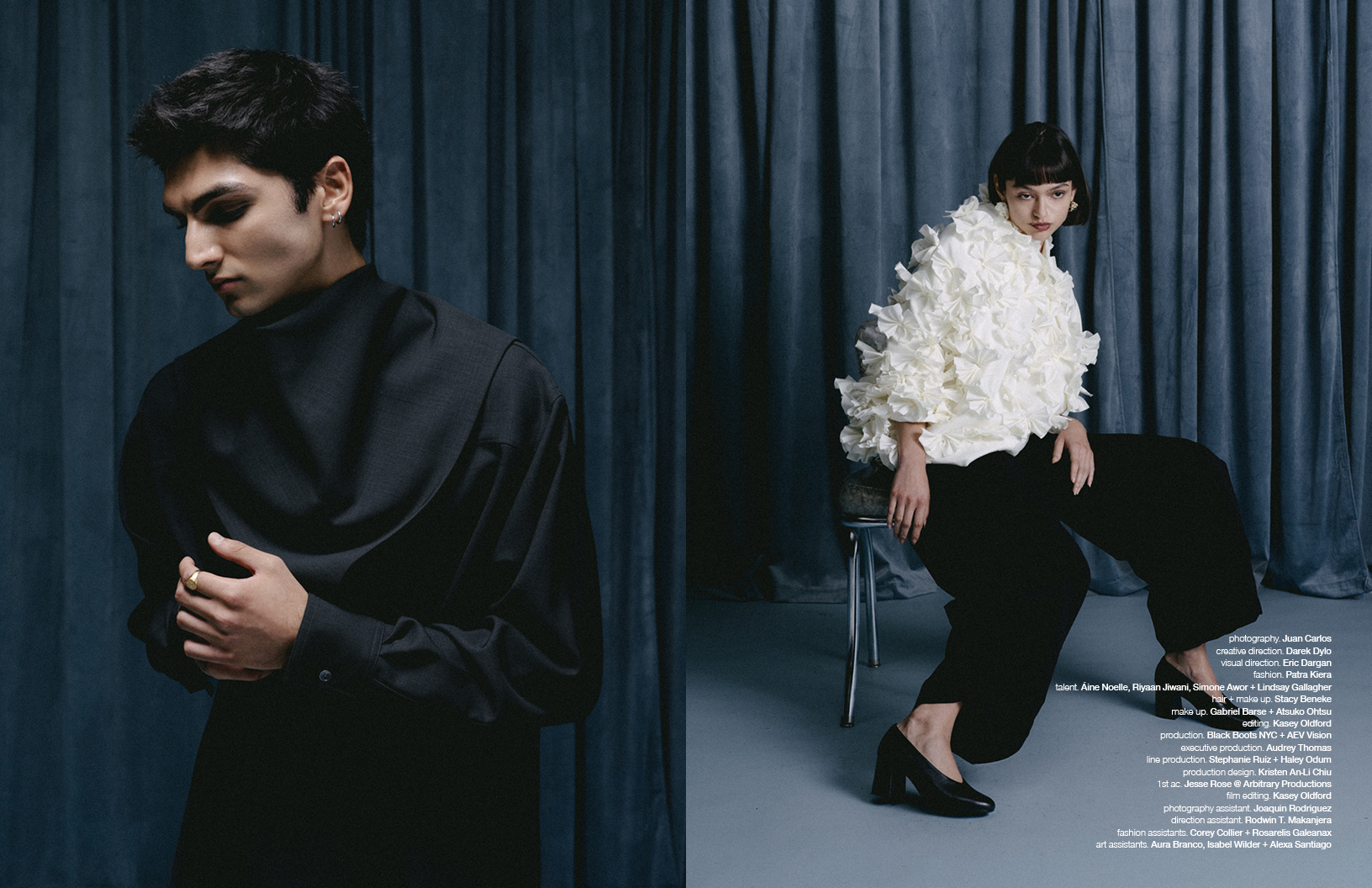
UPDATE: In light of recent events, we encourage you to donate to SAVE LIFE IN UA and UA Hospitals to ensure the safety and care of the Ukrainian people.
“There’s more to Ukraine than Chernobyl,” states Osnovy Publishing, an innovative publishing house that both grew with Ukrainian society and practically formed its reading habits. There’s indeed more, and the publishing house proves it: based in Kyiv, Ukraine, Osnovy Publishing introduces readers to quirky DIY balconies, Ukrainian erotic photography, orthodox Ukrainian architecture and Soviet buildings overlooked at home and newly praised abroad. Thanks to Osnovy, what was once considered by a Ukrainian citizen as mundane, obsolete and commonplace is now seen in an unconventional light. Balconies, churches, post-Soviet building in small districts, ladies safeguarding railroads — through Osnovy’s manifold works, Ukrainians and foreigners alike can explore a novel side of Ukrainian culture and realise that everything can be regarded as a piece of heritage.
With a name that appropriate translates to “foundation”, Osnovy laid the groundwork for modern Ukrainian publishing. They appeared on the Ukrainian horizon in 1992, when the country declared its independence and was actively seeking fresh perspectives on literature and media. Osnovy’s publications at that time became a means of “discovering and articulating fundamental knowledge” about Ukrainian history, helping readers find new meaning during a particularly turbulent time. Since then, a lot has changed, yet Osnovy’s goal to challenge outdated ideas and foster societal growth is perpetual. Schön! spoke to Osnovy Publishing about their most successful projects, the reason why reading is not on-trend in Ukraine, how the publishing house is creating an idea of a “new” Ukrainian culture and what to expect from them in the future.
Osnovy Publishing was founded a year after Ukraine was declared independent. What was the mission of the publishing house back then?
When Bohdan Krawchenko and Solomiya Pavlychko founded Osnovy in 1992 in Kyiv, there was a huge need for fresh voices in Ukraine’s nascent publishing industry. Solomiya was a Ukrainian literary critic, feminist, and translator, and Bohdan is a political scientist and former director of the Canadian Institute of Ukrainian Studies. They both believed in Ukraine and the potential for books to transform society, so making great books accessible to a Ukrainian audience was a logical move. This idea gained traction throughout the 90s as the public got more excited to read world classics and acclaimed textbooks in Ukrainian. Osnovy was one of the first publishers to translate a number of important and contemporary textbooks on economics, history, and philosophy.


Osnovy grew with the newly independent Ukraine. How have readers’ tastes and interests changed in almost 30 years, and have these trends affected the work of the publishing house?
Our story is to some degree the story of Ukraine. There was so much enthusiasm in the 90s for books and all forms of culture, which was great for business, and Osnovy’s publications helped shape that moment. Unfortunately, the loss of our co-founder Solomiya Pavlychko in the 2000s coincided with changing tastes. Interest was moving away from traditional publishing and toward online content. The company’s new leadership maintained the mission, but it was a tough moment everywhere for the publishing industry. Sales became stagnant, and consumer interest in literary works dwindled. The financial situation became dire, and for a moment things looked really bleak — it was clear that the company needed a fresh approach if it was going to survive. Just at this moment, in 2010, management changed once again. Bohdana Pavlychko, Solomiya’s daughter, became the sole owner and brought the new spark that we needed. The mission stayed the same, but this time we were rethinking the cultural ideas about important books. Instead of the previous focus on literature and textbooks, Osvnovy seized on the importance of visually engaging publications with contemporary, design-forward books on photography, art and culture.
The great thing about our new direction is that it preserves our innovative roots, while letting our business blossom in a world that has a new relationship to books. We captured the spirit of independence in the 90s with our translations of previously inaccessible classical and philosophical texts, but this is the age of the internet, and we’re excited to grow together with our audience. We now specialise in art and books about architecture and cultural phenomena. Just like in the 90s, these publications are a way of discovering and articulating fundamental knowledge about our history and helping Ukrainian society rethink this knowledge and find new meanings in it. And of course, one of those meanings is one of affirmation. While we want to understand and develop Ukrainian culture, it’s not just for ourselves. We want to show it to the world.
What does the publication of books — and Ukrainian books in particular — mean to you today?
You have to be driven if you’re going to get into the business of making books. People might think it’s particularly crazy to get into this business in Ukraine because our work only reaches a relatively small audience. But when your goal is to foster change in society, this isn’t even a question. Osnovy believes in our domestic audience, and at the same time, as our books gain visibility internationally, we’re excited to share what makes Ukraine special — there’s more to Ukraine than Chernobyl.
In this sense, we consider our latest books to be ground-breaking. Soviet Modernism. Brutalism. Post-Modernism. and Decommunized: Ukrainian Soviet Mosaics give audiences in Ukraine and abroad the opportunity to explore the rich layers of Ukraine’s architectural history, from Soviet to contemporary.
Similarly, Balcony Chic has also been an influential book, as a celebration of the quirky beauty of makeshift balconies, an architectural phenomenon unique to Ukraine. The balcony project spawned a series of visual explorations of architecture and urban space in independent Ukraine, with Orthodox Chic as its second installment. The book captures new forms of architecture in Ukraine, particularly in the religious field, from kiosks, to shacks, to pop-up chapels attached to giant shopping malls or apartment blocks, all the way to magnificent new cathedrals.
Our interest in culture isn’t limited to architecture. The books in our Awesome series, which started in 2012 and consists of seven English editions, are some of the first guide books about Ukraine to balance the usual flattery with a fun and ironic tone, which is something Ukrainians get a kick out of. We also recently released Ukrainian Railroad Ladies, a photo-project by Sasha Maslov which features portraits of female railway workers from all over the country. It’s the first book to look at their work in this way.



What are the current trends in the Ukrainian market? As in, what are Ukrainian readers interested in?
The Ukrainian market is very small (around €50 million in 2020). Readers are big on fiction, and business literature is also very prominent. In recent years, things have started to diversify, with a rise in, for example, young adult literature and specialised publications. Although market trends are important to keep track of for a business, Osnovy has always been pushing its own agenda, defying local trends. Some of our best loved books can be shocking to the local audience at first, as was the case with Balcony Chic, but before long, they catch the imagination.
In your opinion, do the interests and reading habits of Ukrainians and foreigners differ?
Books and reading are not exactly on trend in Ukraine, unfortunately. But this is something of a pre-existing problem. For one thing, we have a lack of bookstores, and from the beginning of independence the systematic promotion of reading habits among Ukrainians wasn’t seen as a priority. Osnovy has always been working to change this by making interesting books for different kinds of audiences. During our history we’ve run the gamut, publishing philosophical books for educators, children’s books, art books. We respect that reading is always finding new visions and directions in Ukraine, and we believe that publishing creatively different books about noteworthy topics is a vital component of changing the perception of reading in Ukraine.
You explore a rather atypical side of Ukrainian culture: odd balconies, post-Soviet religious architecture, erotic Ukrainian photography. How do you want the Western reader to see Ukraine?
Part of being the modern and extraordinary country that we are means recognising and celebrating our culture, which is full of positive surprises and exciting discoveries. We explored post-Soviet architecture because it’s our history and we want to rethink it in order to create new meanings and escape from the various social traumas of the Soviet era. We talked about balconies because they have a powerful influence over DIY culture in Ukraine. You can argue that that culture isn’t “good”, but no one really deeply thought about it in terms of “good” or “bad” before our series. Once you open people’s eyes to something, you have the opportunity to change their perceptions about it. We want to give foreign readers access to these topics, partly to see the country’s growth and potential, but also to show them how amazing our culture can be right now.
When we refocused in 2010, we knew that a big part of the contemporary culture we were interested in was being captured by Ukrainian photographers, many of whom have produced some amazing bodies work. That’s why we published our Ukrainian Erotic Photography book and more recently SALIUT Magazine, which is our latest initiative. We are extremely proud of it, and especially excited by its groundbreaking potential. The first issue is dedicated to women photographers and features 29 projects about different emotional states, aspects and stages of women’s lives. It covers a range of genres including documentary, portraiture, landscape and fashion photography. Above all, we are proud that we managed to gather such a great lineup of modern professionals whose unique visions help us see Ukraine in prosperous ways that we can communicate to the world.
You could say that Osnovy’s specialisation is finding ways to show great things about Ukraine through text, image and more. It’s what we do every day with our books, in our business collaborations, in the media and with key stakeholders.


What are some of the books from Osnovy that have attracted the most attention abroad?
First of all, we have to start from the assumption that foreign audiences have far more opportunities, as wells as reasons, to check out and buy art books. With this in mind, we work to find things that are extraordinary, atypical, or unheard of abroad, and preserve our own sense of wonderment when crafting our products. This approach has paid dividends many times over, and we have a number of great examples in our catalogue.
Soviet Modernism by Ievgeniia Gubkina and Alex Bykov, one of our most celebrated books on architecture, received extensive coverage from professional media back in 2019. Balcony Chic by Oleksandr Burlaka has also garnered attention thanks to its unique photographic vision and the particularly unusual topic it covers. In 2020 we received acclaim for our most recent book, Ukrainian Railroad Ladies, by well-known Ukrainian-American portrait photographer and storyteller Sasha Maslov, whose photographs have been featured in The Washington Post, The New York Times, National Geographic, numerous other outlets.
With these projects our goal has been to showcase Ukraine to the foreign reader in an exciting but relatable manner, hence our concentration on the English-speaking market. That’s how we came to publish our unique edition of Taras Shevchenko’s marvelous Kateryna, which is an amazing entry-point to the world of Ukrainian classics. And of course there’s our Awesome series, which covers Ukraine in all its splendor, highlighting the diversity that’s so emblematic of its many cities—no unnecessary pretentiousness, and just a healthy measure of patriotism. It’s a resource that lets you unlock Ukraine, so you don’t have to miss out on traveling, even during the pandemic.
Tell us a little more about the book Balcony Chic, which literally changed Ukrainians’ perception of DIY balconies and turned this phenomenon into a full-fledged part of Ukrainian culture. How did the idea to publish a collection of these photos come about?
Balcony Chic is an exquisite book. It encapsulates the ethos of our publishing style in every way. We would go as far as to say that it was a flagship project, a thing that literally says, “Hey, we found something you wouldn’t believe, and probably couldn’t imagine!” Working closely with the author — Ukrainian architect and photographer Oleksandr Burlaka, who we also consider a dear friend here at Osnovy — we set out to encapsulate the living nature of architecture, and particularly the way it responds to the evolution of people’s needs. The project was several years in making, but the result, which compiles the most bizarre balconies found in every corner of the country, is absolutely worth it! Orthodox Chic, the second installment in the series, was released in 2020. It was conceptualized in a similar way, but this time Oleksandr was joined by well-known artists Alex Bykov and Sasha Kurmaz. The result is another fascinating peek at Ukraine’s seldom explored urban architecture. For us, these seemingly overlooked topics are essential for grasping the nuances of Ukrainian culture. They’re a kind of gateway drug, once you open yourself up to their world, you can’t help but become engrossed in it.


What is the goal of the Ukrainian Railroad Ladies project? The women in the photos – what do they symbolise?
The idea of this book started with a questions about the state of the modern world. What does it mean that the occupation of railway signaller still exists in the age of widespread automation? But then there’s also an element of anthropological study in it, since it bears witness to some extraordinary social aspects of the phenomenon, revealing the strange fact that the Ukrainian railroads are almost exclusively safeguarded by women. As a project, Ukrainian Railroad Ladies puts forth the notion that despite the professional anachronism and persistence of gender roles, there is an untold depth and power in the women who inhabit the distinctive houses found next to railroad crossings all over the country.
Osnovy has not published many fiction books, and those that are presented are reprints of classic Ukrainian works. Why have you opted to reprint classics and not publish modern writers?
We believe that classic literature is never out of date, but we also understand that it doesn’t always attract modern audiences in the oversaturated market. Usually a classic book lacks the novelty element necessary to make a big splash on its own. When you hear the word ‘classics’, you tend to think of something boring, old or uninteresting, even if you don’t feel this way. But we think that’s exactly the kind of problem Osnovy can solve. Infusing the old with the contemporary helps our readers see the persistent relevance of these works, and adding vivid illustrations and stunning layouts can do a lot to breath new life into an old dusty thing that you were about to toss into storage. We think of our work as beyond simply reprinting a piece of classic literature. To use a contemporary turn of phrase, it’s more about the art of rebranding, but applied to things we were brought up with. These are things that made us who we are, and showed us what we cherish about our culture and society. With our reprinted classics, we want to share that transformative experience with new generations.
Continuing on this idea, there’s a common misconception that Ukrainian literature is limited to several classic authors studied in school, meaning that new content is often left unpublished for foreign audiences. How would you characterise ‘new’ Ukrainian work? And how do you create this idea of ‘new’ Ukrainian culture through your output?
We can definitely agree that there is a popular misconception about the lack of Ukrainian content abroad. There are numerous young Ukrainian writers whose works have been translated into dozens of foreign languages and published the world over. The problem, however, is the way works from Ukraine too often seem to get a kind of stereotypical treatment, which in the end perpetuates this misconception. That’s why we consider one of our most important functions of our publications to be helping the rest of the world to decipher the cultural enigma that is our country. This is probably no surprise to anyone who has seen how actively we promote Ukrainian artists, designers, and architects with our projects, but we feel that it’s necessary to maintain this commitment, as long as these misconceptions persist.


What is Osnovy currently working on?
Well, you’ve already heard us say that our day to day mission is strengthening and developing Ukraine’s cultural brand, but if you ask us, it can’t be said enough. This is why we decided to focus on a period in our history that remains obscure both to the domestic audience and abroad. The Art of the Ukrainian Sixties is a book that will encompass a sort of photographic chronicle of Ukrainian Soviet art of that decade. It’s a fascinating period, with many layers, including an unofficial side. Looking at these works with a historical gaze, we can explore the story of how some world-class pieces of art came to be, even under the pressures of the infamous ideological control exercised by the Soviet regime.
Using this same incisive thinking, we also want to bring attention to some of the specific figures in Ukrainian art, in particular with our upcoming photo book project about Alexander Dubovik.
Part of rethinking our own business model has allowed us to branch out in exciting ways, beyond publishing. We work with leading Ukrainian companies on projects about aesthetics, self-development, and beauty. These projects align with our firm belief that every great brand comes with a great story, and these stories ultimately tend to change our society for the better. Some examples include our project with an international clothing brand creating a book about happiness and love.
Following the release of the Ukrainian translation of The Timeless Way of Building by Christopher Alexander in 2020, we are working on releasing his second book, A Pattern Language, to the Ukrainian wider public. The project brings together many aspects of Osnovy’s ideology, and is also motivated by our deep-seated fascination with his sublime style.
Equipped with a rich history and extensive experience, Osnovy will continue bringing something new to the market, always with our distinctive flare, no matter the topic.
Discover Osnovy Publishing on its website and follow the publishing house on Instagram.
words. Marta Leskiv


Schön! Magazine is now available in print at Amazon,
as ebook download + on any mobile device
























































